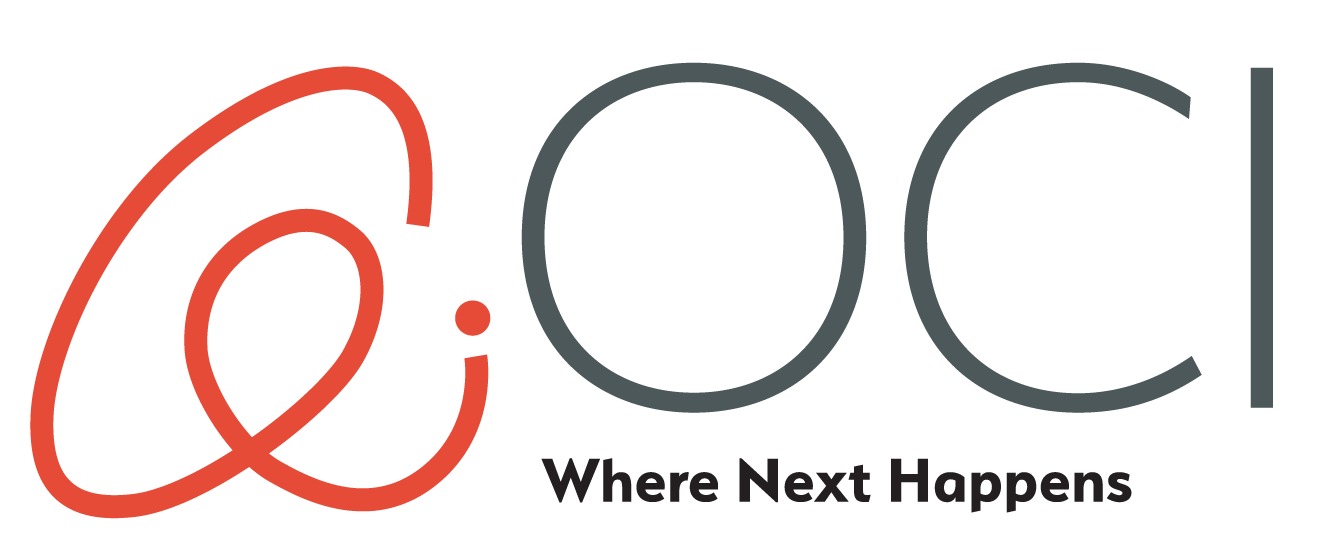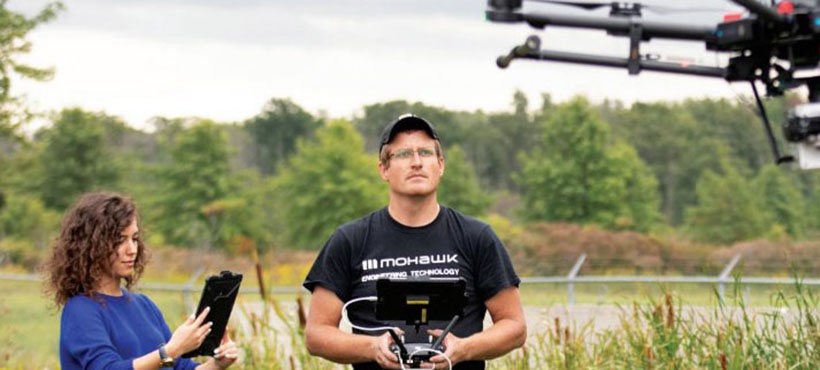
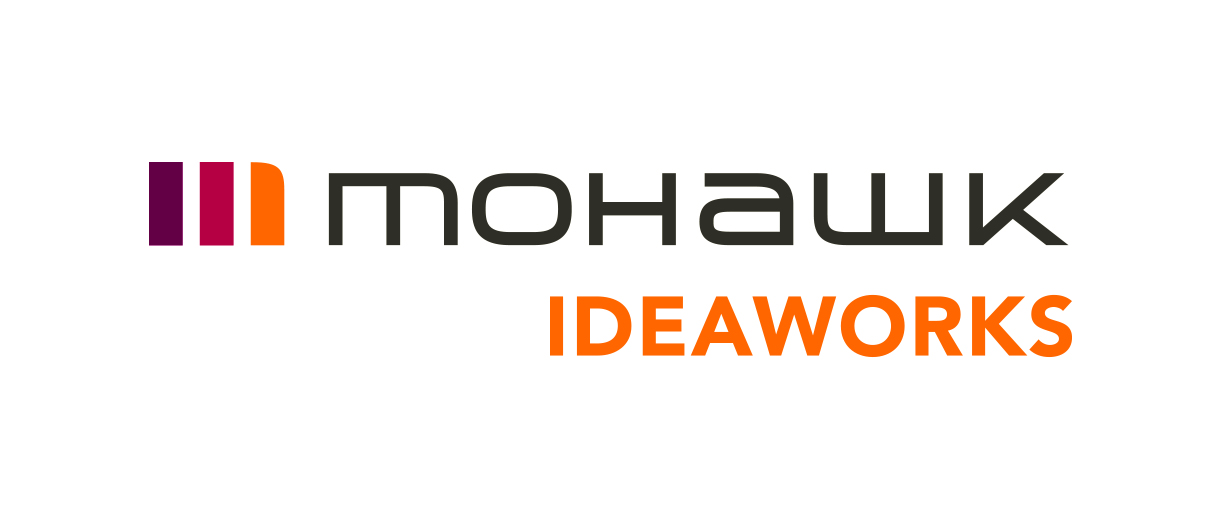
Remote sensing using remotely piloted aerial systems, rovers, and unmanned boats, is emerging as a rapid and cost-effective tool for exploration and inspection in sectors as diverse as energy and utilities, manufacturing, agriculture, transportation, and security.
Experts at Mohawk’s Unmanned and Remote Sensing Innovation Centre (URSIC) work closely with the private sector, public services, and municipalities to accelerate the adoption of remote sensing technology. With access to a comprehensive suite of specialized equipment, URSIC can help de-mystify and de-risk the technology. The centre aims to help organizations explore how remote sensing can effectively collect high-quality data, support comprehensive remote monitoring and visualization of critical infrastructure, and increase the efficiency in overall workflow while reducing health and safety risk to personnel.
Services
Learn how we can help you test and adopt the latest innovative technology in the field.
Equipment
Our mobile research capabilities allow equipment to be used anywhere in Canada.
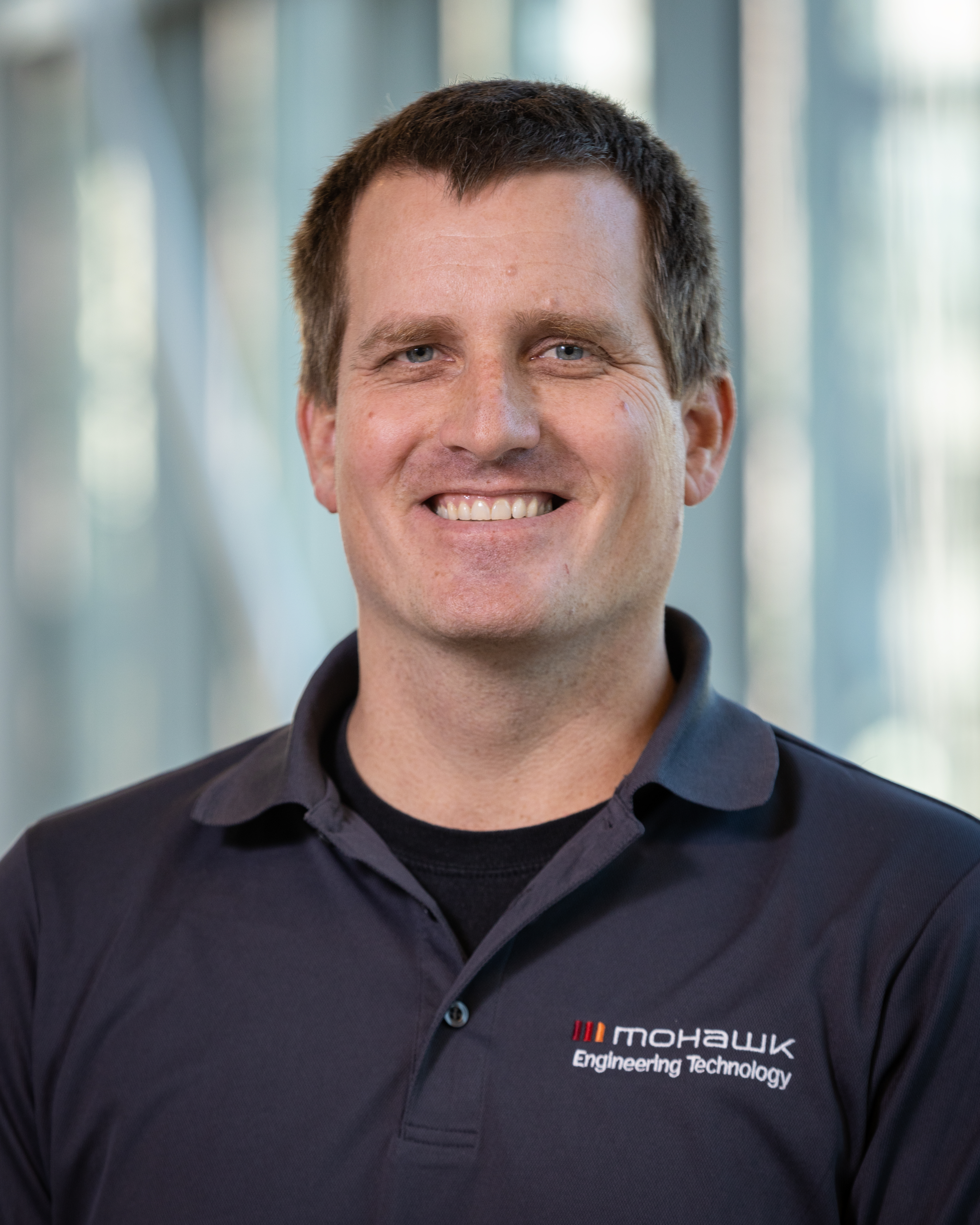
Richard Borger, Researcher and Professor
Richard Borger is a full-time faculty member in the Building and Construction Sciences program at Mohawk's School of Engineering Technology, as well as a lead researcher at the Unmanned and Remote Systems Innovation Centre. Under his leadership, Mohawk has completed more than 40 industry/academic projects that leverage new and emerging unmanned systems for remote sensing and data collection. Richard is recognized as one of the leading experts in this technology in Southern Ontario, with nearly 10-years of experience in RPAS, specializing in regulatory compliance and integration, LiDAR, and rapid response long-range remote sensing. He is fully trained and certified by Transport Canada to pilot remote and unmanned flights. He holds a Bachelor’s degree in Education from Brock University as well as two diplomas from Mohawk College- one in Materials Engineering Technology and the other in Mechanical Engineering Technology.
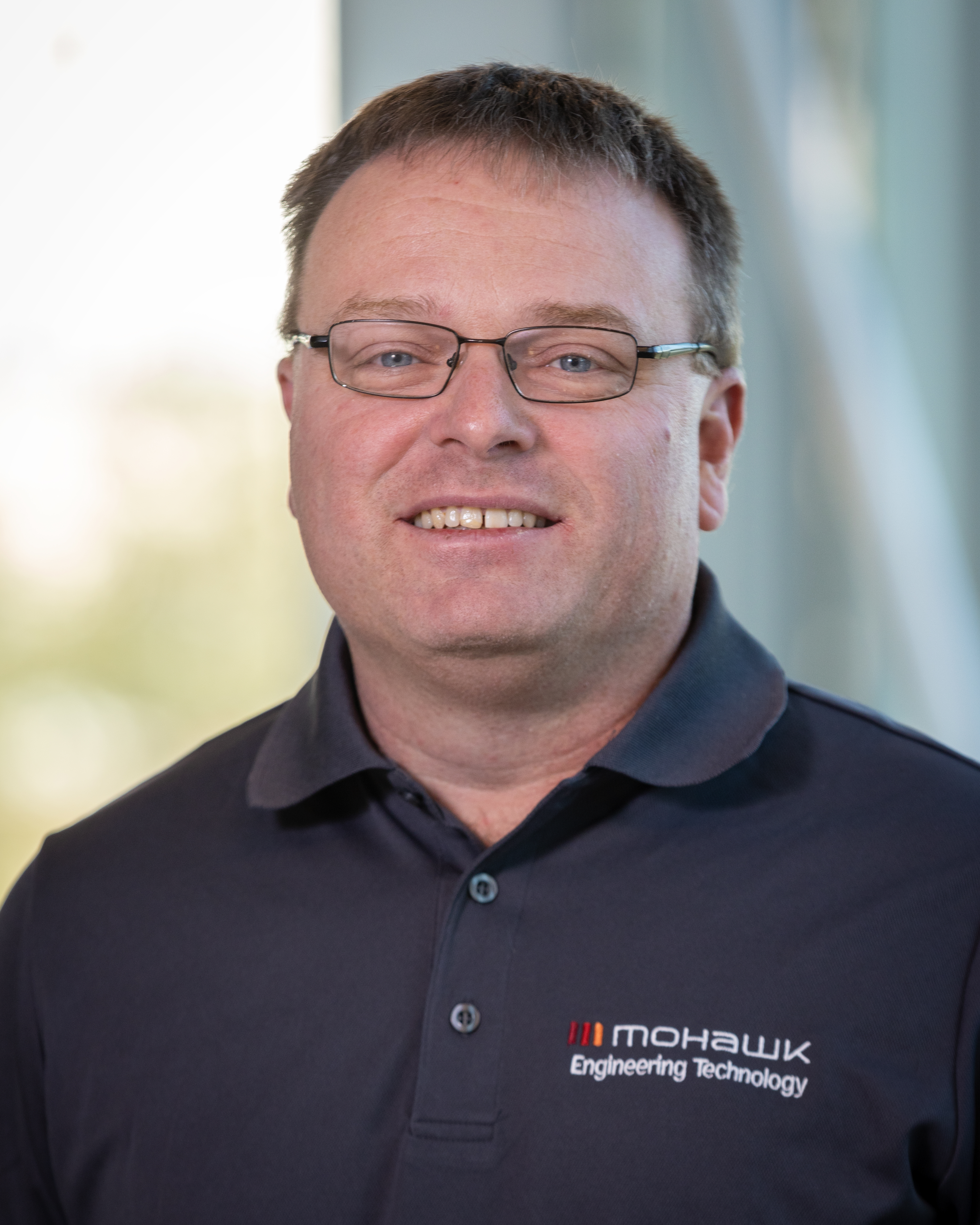
Matt Shelley, Researcher and Professor
Matt Shelley is a full-time faculty member at Mohawk College, as well as a researcher at the Unmanned and Remote Systems Innovation Centre. Matt has 10-years of experience in RPAS including flight operations and LiDAR scanning. With significant experience in overseeing and coordinating on-site flight operations and equipment usage, Matt has worked on over 40 different industry/academic projects. He is fully trained and certified by Transport Canada to pilot remote and unmanned flights. He holds a diploma in Civil Engineering from Mohawk College.

Featured Project
Ontario Power Generation
Mohawk College partnered with Ontario Power Generation partnered to utilize RPAS-mounted LiDAR to monitor and revitalize dam restoration projects by combating plant overgrowth.
Read more about OPG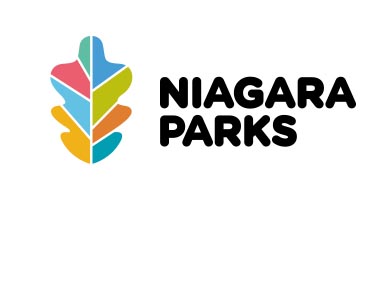
Featured Project
Niagara Parks Commission
Mohawk College recently worked with the Niagara Parks Commission to test the effectiveness of drone-mounted LIDAR technology as a tool to build 3D models to support building rehabilitation.
Learn more about Niagara Parks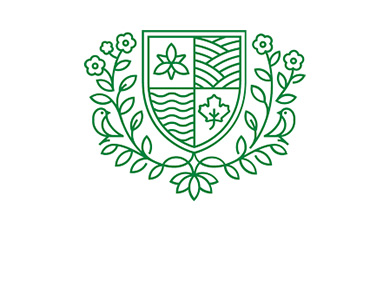
Featured Project
Royal Botanical Gardens
The Royal Botanical Gardens (RBG) has connected people to the plant world for over eight decades. RBG collaborated with the Unmanned and Remote Sensing Innovation Centre (URSIC) to experiment with strategic seeding using an aerial drone to prevent plant overgrowth in a hydro corridor.
Read more about the Royal Botanical Gardens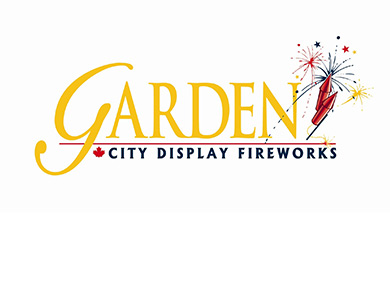
Featured Project
Garden City Display Fireworks
Garden City Display Fireworks is ready to create the perfect pyrotechnic spectacle for any event. They collaborated with the Unmanned and Remote Sensing Innovation Centre (URSIC), to combine pyrotechnics and RPAs and create a dynamic and innovative show.
Learn more about the Garden City Display Fireworks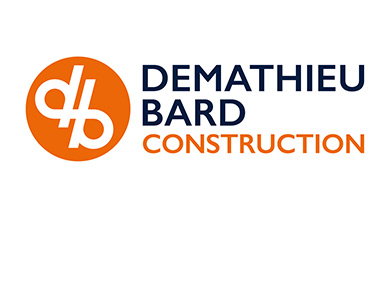
Featured Project
Construction Demathieu Bard (CBD)
Construction Demathieu Bard (CDB) is a construction and engineering company that provides services in the fields of infrastructure, buildings, and industrial and tertiary facilities.
Read more about Construction Demathieu Bard (CBD)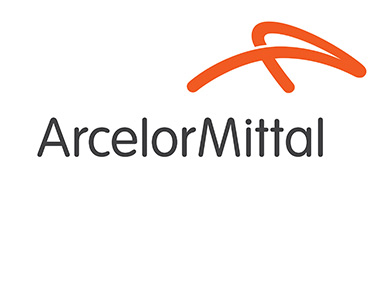
Featured Project
ArcelorMittal Dofasco and URSIC
ArcelorMittal employs approximately 168,000 employees in 60 countries. Flagship locations like ArcelorMittal Dofasco play a vital role in inventing smarter steels for a better world. Each year, they ship 4.5 million net tons of high-quality flat carbon steel. And they partner with the top automotive, energy, packaging and construction brands to develop lighter, stronger and more sustainable products – from cans to cars.
Learn more about ArcelorMittal Dofasco and URSIC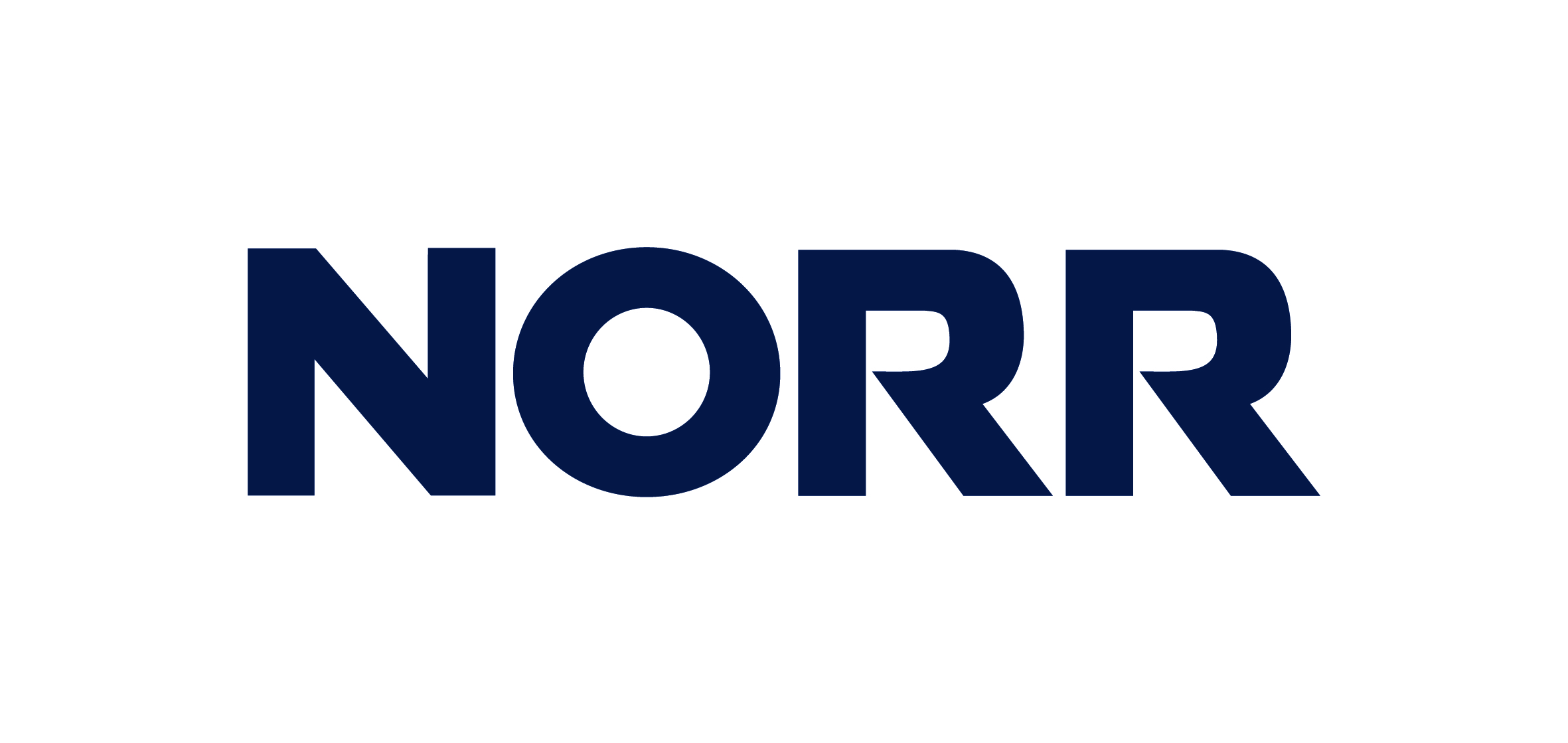
Featured Project
NORR Architecture and Engineering
Can Remotely-Piloted Aircraft (RPA) technology help provide accurate scans of building blueprints? NORR Architecture and Engineering worked with URSIC to use the technology in the design phase of the college's E-wing revamp project.
Learn more about NORR Architecture and Engineering
Featured Project
Ontario Power Generation
The OPG asked URSIC to explore if drone equipped-LiDAR equipment could be used to complete a clearer visual inspection at its vegetation-covered Waba Dam facility.
Read more about OPGThank you to our funding partners
About IDEAWORKS
URSIC is part of IDEAWORKS, Mohawk’s active hub of applied research and innovation. IDEAWORKS accelerates Canadian and global innovation by supporting industry access to expert researchers, specialized facilities and world-class technologies.


